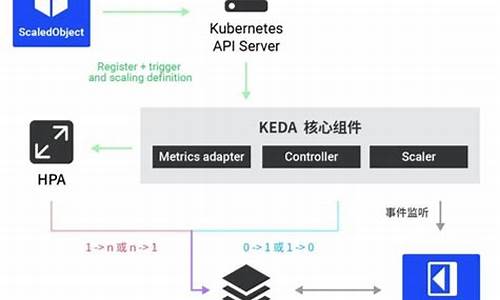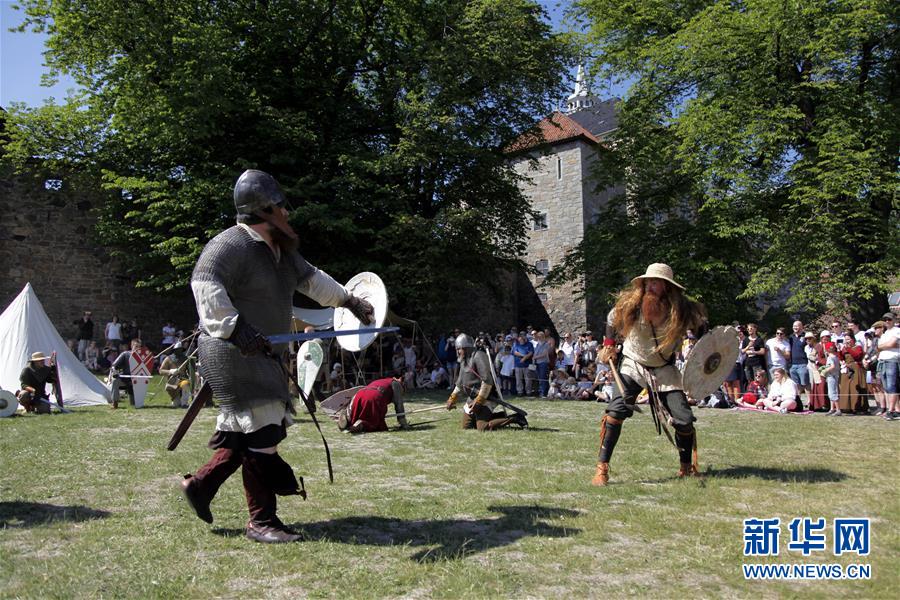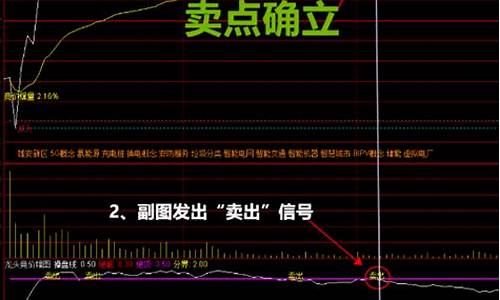【asp源码 文章】【海纳源码下载】【入侵网站拿源码】keda源码
1.android onTouchEventåsetOnTouchListenerä¸onTouchçåºå«

android onTouchEventåsetOnTouchListenerä¸onTouchçåºå«
触æ¸äºä»¶ååæºå¶ï¼å¥½å¥½ççï¼
/blog/
Androidä¸çäºä»¶å为æé®äºä»¶å触æ¸äºä»¶ï¼è¿é对触æ¸äºä»¶è¿è¡éè¿°ãTouchäºä»¶æ¯ç±ä¸ä¸ªACTION_DOWNï¼n个
ACTION_MOVEï¼ä¸ä¸ªACTION_UPç»æonClickï¼onLongClickï¼onScrollçäºä»¶ãAndroidä¸çæ§ä»¶é½æ¯ç»§æ¿
Viewè¿ä¸ªåºç±»çï¼èæ§ä»¶å为两ç§ï¼ä¸ç§æ¯ç»§æ¿Viewä¸è½å å«å ¶ä»æ§ä»¶çæ§ä»¶ï¼ä¸ç§æ¯ç»§æ¿ViewGroupå¯ä»¥å å«å ¶ä»æ§ä»¶çæ§ä»¶ï¼æä¸ç§°ä¸ºå®¹å¨æ§
件ï¼æ¯å¦ListViewï¼GridViewï¼LinearLayoutçã
è¿éå 对å 个å½æ°è®²è§£ä¸ã
Ø public boolean dispatchTouchEvent (MotionEventev) è¿ä¸ªæ¹æ³ååTouchEvent
Ø public booleanonInterceptTouchEvent(MotionEvent ev) è¿ä¸ªæ¹æ³æ¦æªTouchEvent
Ø public boolean onTouchEvent(MotionEvent ev) è¿ä¸ªæ¹æ³å¤çTouchEvent
å ¶ä¸viewç±»ä¸ædispatchTouchEventåonTouchEvent两个æ¹æ³ï¼ViewGroup继æ¿Viewï¼èä¸è¿æ°æ·»äºä¸ä¸ª
onInterceptTouchEventæ¹æ³ãActivityä¸ä¹æ onInterceptTouchEventæ¹æ³ï¼ä½æå¦å¤ä¸¤ç§æ¹æ³ãæ们å¯ä»¥
åç°ä¸é¢3个æ¹æ³é½æ¯è¿åbooleanï¼é£å代表ä»ä¹ææå¢ï¼
public boolean dispatchTouchEvent (MotionEvent ev)
Activityä¸è§£éï¼
Called to process touch screen
events.You can override this 源码asp源码 文章to intercept all touch screen events before
they aredispatched to the window. Be sure to call this implementation
for touch screenevents that should be handled normally.
Parameters
ev
The touch screen event.
Returns
· boolean Return true if this event was consumed.
å®ä¼è¢«è°ç¨å¤ç触æ¸å±äºä»¶ï¼å¯ä»¥éåè¦çæ¤æ¹æ³æ¥æ¦æªææ触æ¸å±äºä»¶å¨è¿äºäºä»¶ååå°çªå£ä¹åãé常åºè¯¥å¤ç触æ¸å±äºä»¶ï¼ä¸å®è¦è°ç¨è¿ä¸ªå®ç°ãå½è¿
åå¼ä¸ºtrueæ¶ï¼è¡¨ç¤ºè¿ä¸ªäºä»¶å·²ç»è¢«æ¶è´¹äºãä¾å¦å¨TextActivityä¸dispatchTouchEventå¨ACTION_MOVEè¿å
trueï¼è¿è¡ç»æå¦ä¸ï¼
ä¹å°±æ¯å®å¹¶æ²¡ææé£ACTION_MOVEååä¸å»ã
public boolean onInterceptTouchEvent (MotionEvent ev)
Implementthis
method to intercept all touch screen motion events. This allows you
towatch events as they are dispatched to your children, and take
ownership of thecurrent gesture at any point.
Usingthis function takes some care, as it has a fairly complicated interaction with View.onTouchEvent(MotionEvent),and
using it requires implementing that method as well as this one in
thecorrect way. Events will be received in the following order:
1. You will receive the down event here.
2. The
down event will be handled either by a child of this viewgroup, or
given to your own onTouchEvent() method to handle; this means youshould
implement onTouchEvent() to return true, so you will continue to see
therest of the gesture (instead of looking for a parent view to handle
it). Also,by returning true from onTouchEvent(), you will not receive
any followingevents in onInterceptTouchEvent() and all touch processing
must happen inonTouchEvent() like normal.
3. For
as long as you return false from this function, eachfollowing event (up
to and including the final up) will be delivered first hereand then to
the target's onTouchEvent().
4. If
you return true from here, you will not receive any followingevents:
the target view will receive the same event but with the action ACTION_CANCEL, and all further events will be delivered to youronTouchEvent() method and no longer appear here.
Parameters
ev
The motion event being dispatched down the hierarchy.
Returns
· Return
true to steal motionevents from the children and have them dispatched
to this ViewGroup throughonTouchEvent(). The current target will receive
an ACTION_CANCEL event, and nofurther messages will be delivered here.
åºæ¬ææå°±æ¯ï¼
1. ACTION_DOWNé¦å ä¼ä¼ éå°onInterceptTouchEvent()æ¹æ³
2.å¦æ该ViewGroupçonInterceptTouchEvent()å¨æ¥æ¶å°downäºä»¶å¤çå®æä¹åreturn falseï¼é£ä¹åç»çmove, upçäºä»¶å°ç»§ç»ä¼å ä¼ éç»è¯¥ViewGroupï¼ä¹åæådownäºä»¶ä¸æ ·ä¼ éç»æç»çç®æ viewçonTouchEvent()å¤çã
3.å¦æ该ViewGroupçonInterceptTouchEvent()å¨æ¥æ¶å°downäºä»¶å¤çå®æä¹åreturn trueï¼é£ä¹åç»çmove, upçäºä»¶å°ä¸åä¼ éç»onInterceptTouchEvent()ï¼èæ¯ådownäºä»¶ä¸æ ·ä¼ éç»è¯¥ViewGroupçonTouchEvent()å¤çï¼æ³¨æï¼ç®æ viewå°æ¥æ¶ä¸å°ä»»ä½äºä»¶ã
4.å¦ææç»éè¦å¤çäºä»¶çviewçonTouchEvent()è¿åäºfalseï¼é£ä¹è¯¥äºä»¶å°è¢«ä¼ éè³å ¶ä¸ä¸å±æ¬¡çviewçonTouchEvent()å¤çã
5.å¦ææç»éè¦å¤çäºä»¶çviewçonTouchEvent()è¿åäºtrueï¼é£ä¹åç»äºä»¶å°å¯ä»¥ç»§ç»ä¼ éç»è¯¥viewçonTouchEvent()å¤çã
Android touchäºä»¶ä¼ éæºå¶ï¼
æ们å¯ä»¥ççandroidæºä»£ç ï¼
Activity.javaä¸
æä¸ä¸ç®¡onUserInteractionæ¹æ³å 为å®åªæ¯ä¸ä¸ªç©ºæ¹æ³å¦æä½ æ²¡å®ç°çè¯ãgetWindow().superDispatchTouchEvent(ev)ãå ¶ä¸getWindow()è¿åçæ¯PhoneWindowã
PhoneWindow.java:
æ¤å½æ°è°ç¨super.dispatchTouchEvent(event),Activityçrootviewæ¯
PhoneWindow.DecorView,å®ç»§æ¿FrameLayoutãéè¿super.dispatchTouchEventætouchäºä»¶æ´¾
åç»å个Activityçæ¯åviewãåæ¶æå¯ä»¥çå°ï¼å¦æåviewæ¦æªäºäºä»¶ï¼åä¸ä¼æ§è¡onTouchEventå½æ°ã
ViewGroup.javaä¸dispatchTouchEventæ¹æ³ï¼
ç±äºä»£ç è¿é¿è¿éå°±ä¸è´´åºæ¥äºï¼ä½ä¹ç¥éå®è¿åçæ¯
return target.dispatchTouchEvent(ev);
è¿étargetæçæ¯æååçç®æ ï¼å¯ä»¥æ¯å®æ¬èº«ï¼ä¹å¯ä»¥æ¯å®çåViewã
ViewGroup.javaä¸çonInterceptTouchEventæ¹æ³ï¼
é»è®¤æ åµä¸è¿åfalseãå³ä¸æ¦æªtouchäºä»¶ã
View.javaä¸çdispatchTouchEventæ¹æ³
è¿éæ们å¾æ¸ æ¥å¯ä»¥ç¥éå¦æifæ¡ä»¶ä¸æç«ådispatchTouchEventçè¿åå¼æ¯onTouchEventçè¿åå¼
View.javaä¸çonTouchEventæ¹æ³
- 上一条:算命裂变源码_2021算命源码
- 下一条:源码安装rarcrack



